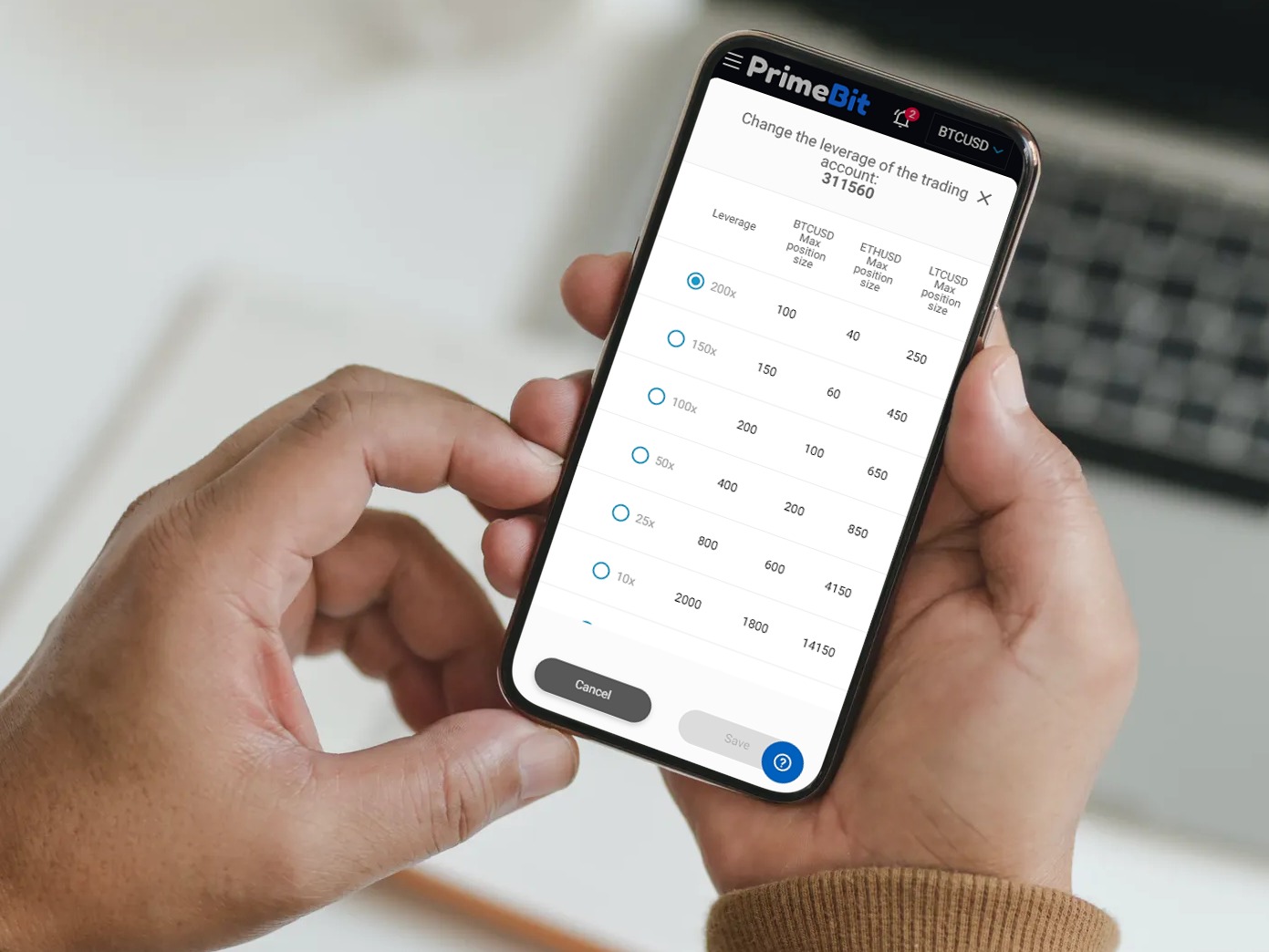Margin trading is a type of trading that involves utilizing funds from a third party to increase your investment opportunities. It can seem immediately appealing as it certainly can increase your potential returns, but it does come with heightened risks.
In this context, the term “margin” refers to money that has been provided from a third party, usually a bank or investment firm. The margin is the difference in value between the investor’s funds and the more significant amount that they are attempting to invest.
How does margin trading work?
Margin trading mainly functions the same as trading with your capital, except you can do so on a larger scale. Investors can purchase assets such as stocks or futures by providing a percentage of the cost, and a broker offers the rest. Different markets and platforms have various regulations regarding margin trading, although most offer it in some capacity. For example, the stock market accepts margin trading at a ratio of 2:1.
Margin trading in crypto markets is relatively standard compared to other markets, but it is also one of the riskiest types of investments, due to the volatile nature of cryptocurrencies. Ratios for crypto markets can vary from anywhere between 2:1, up to 100:1. Although margin trading on crypto platforms operates the same as any other, they use different terminology, namely the expression of ratios as “x.”
Now PrimeBit offers the highest maximum leverage. With the app, you can trade Bitcoin, Ethereum, and Litecoin with an up to 200x leverage. Of course, still you can use no leverage or a modest 2x, 5x leverage. The 200x is optional.
PrimeBit a growing crypto exchange platform that deals with converting a range of European currencies into crypto. We have recently launched margin trading on their platform, with 200x leverage on BTC/USDT. The platform plans to extend this service in the future with options for up to 25x leverage on alternative pairing options.
Margin trading is also relatively popular with Forex traders. Although these international markets are less volatile than crypto, which can lead to smaller gains, the long-term reward is high relative to the risk. As a result of these favorable conditions, margin ratios can sometimes get as high as 200:1.
A popular trading app SimpleFX offers a 1:500 leverage on some symbols.
Margin trading is not impervious to the broader social contexts that affect regular trading patterns. For example, the Shanghai Gold Exchange increased its margin requirements from 14% to 19% at the end of March this year. This change came at the same time as the height of the global COVID-19 pandemic was causing stocks to plummet, which in turn was encouraging more and more investors towards safe-haven options such as gold and silver.
This increased demand was coupled with a physical shortage of gold in many locations due to the halting of many shipping routes and limited selling. Therefore margin trading goes through precisely the same supply and demand issues as traditional trading, which can affect the ratios of your margins and the amount of capital that you need to begin with.
Pros and cons of margin trading
Margin tradings’ most significant benefit is that it allows investors to gain higher returns potentially. By investing more substantial sums of money in an asset that performs well, the positive results from these investments will be higher than if you had just used your own money.
Margin trading also provides the opportunity to diversify your investments more than if you were using your capital. Greater diversification generally yields more substantial profits in the long-run and helps to create protection against poor investments. This flexibility provides you with the resources necessary to introduce multiple successful assets to your portfolio, multiplying your profits faster.
Conversely, the risks associated with these kinds of deals can also be more significant than merely trading with your capital. A poor investment choice will result in losing your own money and even putting you in debt to the investment company. If your assets fall below an agreed-upon margin level, you may have to liquidate your assets to minimize your losses (and the investors). Many contracts give the investment firm the right to liquidate some or all of these assets without consulting you first, and they can choose exactly what assets to liquidate. Alternatively, you may be asked to invest more of your funds to cover the losses. These losses can be mitigated by diversifying your investments, but this does not adequately protect you from poor investment choices.
Margin funding
If the concept of margin trading sounds exciting, but you are not prepared for the risk it comes with, you can choose to participate by offering up the funds for other traders. This opportunity is most commonly found in crypto trading, where investment brokers are less common, and funds must come from another source, namely other investors. When you provide your funds for other users to invest, you can still profit from the interest this transaction generates.
You enter an agreement where your loan will be paid off by an agreed-upon date, gaining attention as time goes on. Although you are likely to receive smaller gains through this option, it is a much lower risk. Investors must pay off the loan, and if their assets devalue, they must forcibly liquidate their assets to prevent a total loss. The only downside to this is that your funds are locked until the investor can pay them off, but you are made aware of the date that these should be repaid by.
PrimeBit solves this problem with a simple Auto-Delevaraging system (ADL). You can learn more about it in our FAQ.
Final thoughts
There are certainly great opportunities to be found in margin trading, and as this method of trading gains more interest from traders, more brokers are willing to offer funds. However, the risks associated with it are also heightened. This trading method is only successful for those who have a solid, comprehensive understanding of their target markets and are capable of handling any potential significant losses. It is not recommended for those who are new to investing, because the risk of losing such a loan outweigh the opportunity to increase capital swiftly. This is especially true for crypto trading, as the assets are highly volatile.


